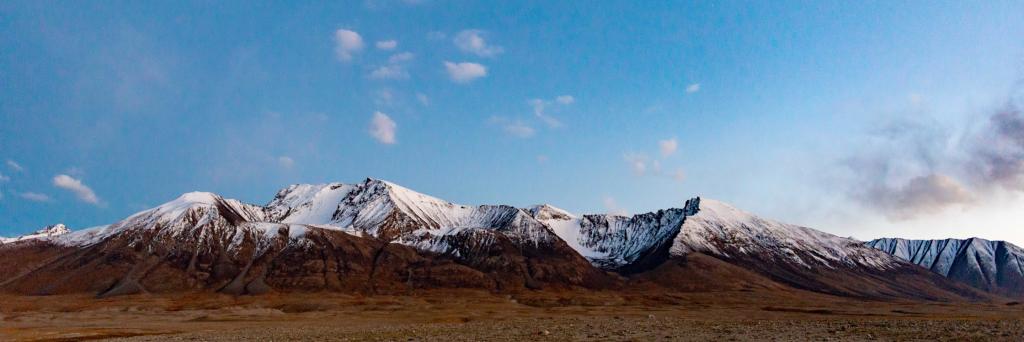Following the unprecedented Taliban takeover of Afghanistan’s Wakhan district on 6 July, about three hundred fifty nomads, mostly Kyrgyz, crossed the border to Tajikistan. Two children died on the way of unknown reasons. Whilst the families had brought livestock and yurts with them aiming at resettlement, their plea for humanitarian assistance to the UN did not yield any result. Families eventually returned to their camps in the Afghan Pamirs two weeks later.
In the North of Afghanistan, the takeover rather appeared as a formalisation of preexisting ties after years of strong feelings of alienation from the central government. In contrast, nomads’ latest move stood out in reporting amidst the expression of overstated geopolitical concerns.
While recent infrastructural developments brought the Afghan Pamirs unprecedentedly closer to centres, images and tropes of a place exceptionally remote, of Afghan Kyrgyz as eminently endangered nomads, return to the fore with a new compelling force.
The threat of the group’s imminent dissolution imaged by the looming prospect of a ‘last migration’ underpins endangerment sensibilities and subsequent salvage inclinations in academic literature, in the words of Afghan Kyrgyz leaders, as well as in news and humanitarian reporting. The image of remoteness and difference is a powerful vector for action and political mobilisation.
Yet, the political and environmental pressures Afghan Kyrgyz and upland nomads face are extreme (as tragically expressed a month ago). At the same time, the dominant narrative featuring nomads as helpless victims from greater forces rather reflects static labels and enduring categories that settled with the colonial event of border delineation.
Seen from the Afghan Pamirs, nomads’ latest move to Tajikistan rather features as another moment of a longer history marked by successively upsetting and soothing events.
The colonial event – hardly assignable to a particular date – of border closure and state integration durably affected trade and political links in the Pamir region. Cartographic and documentary endeavours of the last two centuries established stable forms of representation and marked outside perceptions of the Afghan Pamirs as a place exceptionally remote.
In this framework of progressive border closure and state integration, nomads are perceived as compelled to choose between the alternative of either comply to and settle in modernisation projects, or to move to further inhospitable confines.
However, this selective chronological sequence fails to account for the complex array of exchanges, forms of participation and withdrawal that occurred at the same time.
Forcing Afghan Kyrgyz into conventional environmental, political, ethnic and existential boundaries does not hone their consistent expression in speech and movement of a nomadic ethos, where migration is an open option in principle that was invested in specific moments of their own history.
In 1982, half of the population was resettled in Eastern Turkey, and at Turkish government expense, after another tragic move to neighbouring Pakistan. In April this year, after the 2017 ‘repatriation’ of a dozen families, the President of the Kyrgyz Republic promised the ‘return of the remaining three hundred families by the end of the year’.
Hence the stickiness of a nomadic disposition in speech and practice where migration stands as an always open and substantial option.
If the history of circulations within and across the Afghan Pamirs reveal the centrality and banality of migration in successive comings and goings (kelgen-ketken in Kyrgyz, raft e omad in Dari), current events appallingly further the tangibility of boundaries and the permanence of an initially exceptional condition.
Photo credit: Tobias Marschall, 2016
Pictured: Andamin, Little Pamir, Afghanistan.


